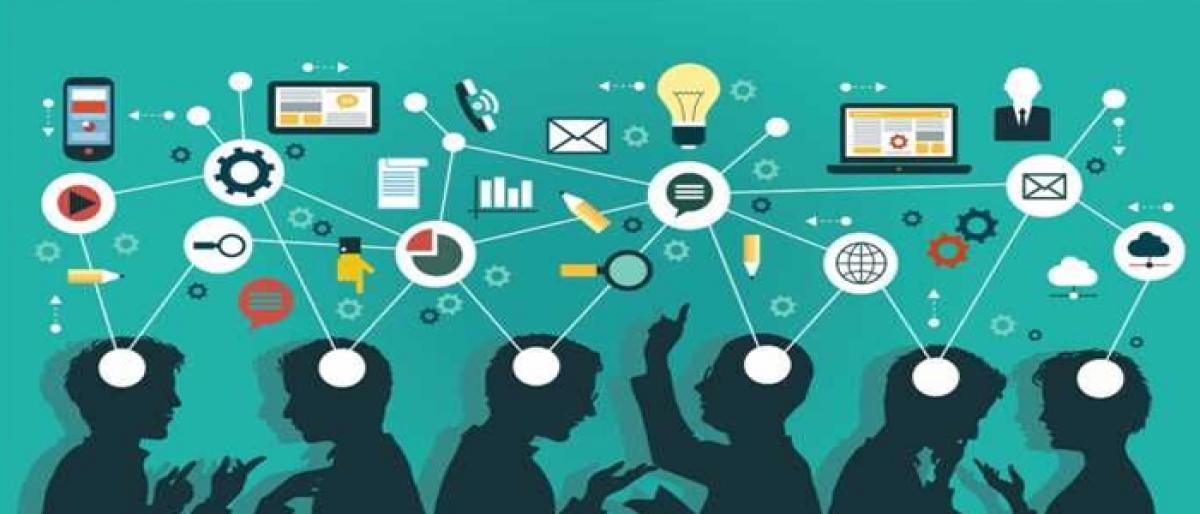The classroom has always been a cornerstone of education, but how it functions is continually evolving. In recent years, companies have been stepping up to help educators create more equitable and effective learning environments. Here are seven ways companies are reinventing education in the classroom.
1. Virtual and Augmented Reality
Virtual and augmented reality (VR/AR) are immersive technologies that can take students out of the classroom and into other worlds. These technologies can help students explore complex concepts and situations that would otherwise be difficult or impossible to experience.
One example of VR in the classroom is Google Expeditions. This free program offers more than 900 virtual field trips, including trips to outer space, historical landmarks, and natural wonders. Another example is Labster, which provides students with realistic, interactive laboratory simulations.
2. Adaptive Learning
Adaptive learning technology uses algorithms to customize the learning experience for each student based on their individual needs and abilities. It can help students stay engaged and motivated, and can provide teachers with valuable insights into each student’s progress.
Companies like DreamBox Learning and Knewton use adaptive learning to provide students with personalized learning paths. These programs use data analytics to identify each student’s strengths and weaknesses, and then provide them with targeted lessons and activities.
3. Gamification
Gamification is the use of game elements and mechanics in non-game contexts, such as education. It can make learning more engaging and enjoyable, and can motivate students to stay focused and complete tasks.
One example of gamification in the classroom is Classcraft, a free online platform that turns learning into a game. Students create avatars, join teams, and complete quests as they learn. Another example is Kahoot!, a free game-based learning platform that allows teachers to create quizzes, surveys, and discussions that students can participate in using their own devices.
4. Artificial Intelligence
Artificial intelligence (AI) can help teachers provide more personalized and effective instruction. AI-powered tools can analyze data to identify patterns and predict outcomes, which can help teachers make informed decisions about how to support each student.
One example of AI in the classroom is Carnegie Learning, which provides personalized math instruction using machine learning algorithms. Another example is WriteLab, which uses AI to provide students with feedback on their writing.
5. Blended Learning
Blended learning combines traditional classroom instruction with online learning. It can help students stay engaged and motivated, and can provide teachers with more flexibility and resources.
Companies like Edmentum and Pearson offer blended learning programs that provide students with online lessons, activities, and assessments. These programs can be customized to meet each student’s needs, and can be used in traditional classroom settings or in remote learning environments.
6. Project-Based Learning
Project-based learning involves students working on real-world projects that allow them to apply what they’ve learned in the classroom. It can help students develop critical thinking, problem-solving, and collaboration skills, and can make learning more engaging and relevant.
Companies like Project Foundry and High Tech High provide resources and tools for project-based learning. These programs help teachers design and implement projects that align with curriculum standards and support student learning.
7. Social and Emotional Learning
Social and emotional learning (SEL) focuses on helping students develop skills like self-awareness, empathy, and responsible decision-making. These skills can help students succeed academically and in life, and can create a more positive and inclusive classroom environment.
Companies like Second Step and EVERFI offer SEL programs that provide students with lessons and activities that promote social and emotional development. These programs can help teachers create a more supportive and empathetic classroom culture.
Takeaway
There are many ways that companies are reinventing education in the classroom. From immersive technologies like VR and AR, to personalized learning using AI and adaptive learning, to gamification, blended learning, project-based learning, and
moreover, the landscape of education is rapidly changing. These innovative approaches are helping students of all ages to develop essential skills, such as critical thinking, collaboration, problem-solving, creativity, and communication, which are becoming increasingly important in today’s rapidly evolving job market.
By leveraging cutting-edge technologies, educational companies are making learning more engaging, interactive, and accessible than ever before. They are providing students with new opportunities to explore, experiment, and learn by creating dynamic and immersive learning experiences that stimulate curiosity and promote deep learning.
Moreover, these educational innovations are empowering educators with new tools and techniques that enable them to personalize the learning experience for each student. This means that teachers can tailor their lessons to suit the unique learning styles and interests of each student, resulting in more effective and engaging instruction.
Overall, the future of education is looking bright as companies continue to push the boundaries of what’s possible in the classroom. As technology continues to evolve, we can expect to see even more innovative approaches to teaching and learning, providing students with exciting new opportunities to reach their full potential and thrive in the 21st century.

